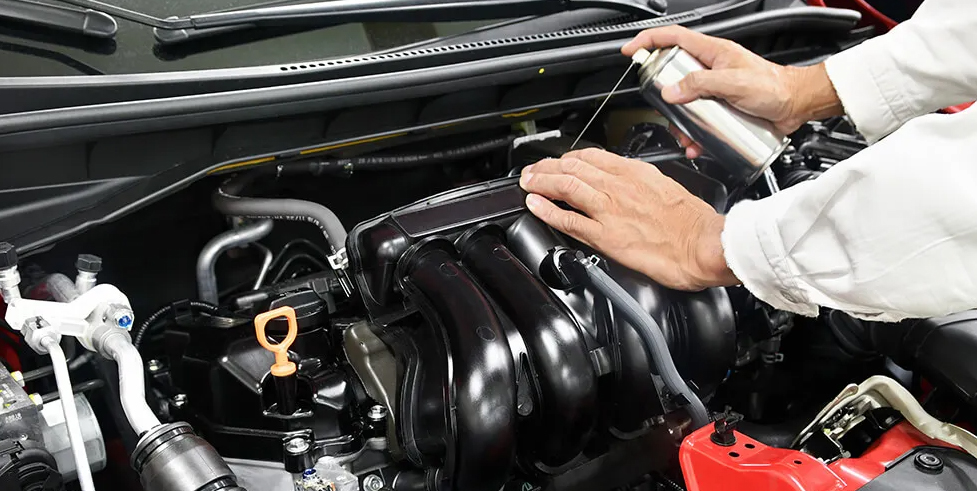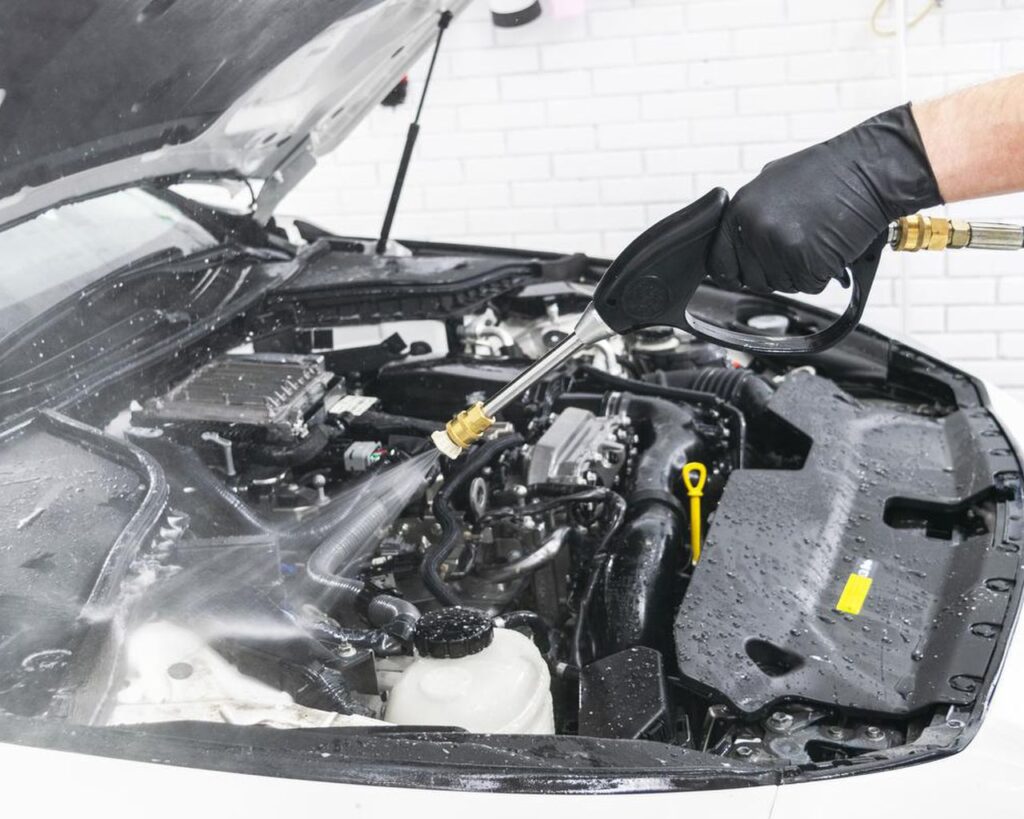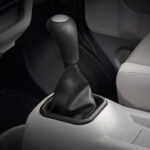Engine degreasing is the process of removing grease, oil, and other contaminants from an engine using a degreaser. The degreasing process involves applying an engine degreaser product to the engine while it is cool, allowing it to penetrate and dissolve any accumulated grime, and then rinsing it off with water. This process can help restore the appearance of the engine and potentially even improve its performance by allowing it to run cooler and more efficiently. However, it’s important to use a degreaser that is specifically formulated for engines and to follow the manufacturer’s instructions carefully to avoid damaging sensitive components or causing other problems. It’s also important to protect sensitive components and electrical connections before applying the degreaser or rinsing the engine compartment.
Engine degreaser
To use an engine degreaser, follow these basic steps:
- Park your vehicle on a flat surface and make sure the engine is cool before starting.
- Cover any sensitive components, electrical connections, or areas that could be damaged by water or chemicals, such as the air intake, distributor, or alternator.
- Shake the engine degreaser can or bottle well before use, and then spray it evenly onto the engine and other dirty parts, avoiding any sensitive areas.
- Let the degreaser sit for a few minutes to penetrate and dissolve the grime.
- Use a soft-bristled brush or sponge to agitate any stubborn dirt or grease, if necessary.
- Rinse the engine and other areas thoroughly with a hose or pressure washer. Avoid high-pressure water directly on electrical components or sensitive areas.
- Let the engine dry completely before starting it or driving the vehicle.
Always follow the specific instructions on the product label for the best results and to ensure safe use.

Engine degreaser is usefuly
engine degreaser can be very useful for cleaning car engines. Over time, car engines can accumulate dirt, grease, and other contaminants that can make the engine look unsightly and even affect its performance. Using an engine degreaser can help remove this buildup, restoring the engine’s appearance and potentially even improving its performance by allowing it to operate cooler and more efficiently. However, it is important to use a degreaser that is specifically formulated for engines and to follow the manufacturer’s instructions carefully to avoid damaging sensitive components or causing other problems.
Before engine degreaser, can i wash first
It’s generally a good idea to wash the engine compartment with water before using an engine degreaser. This can help remove loose dirt and debris, making it easier for the degreaser to work effectively. However, be careful not to use high-pressure water or spray water directly on sensitive components or electrical connections, as this can cause damage or create other problems. Also, it’s important to wait until the engine has cooled down before washing it to avoid the risk of thermal shock, which could cause damage to the engine or other components. Once the engine has been washed and is cool, you can apply the engine degreaser according to the manufacturer’s instructions to remove any remaining dirt, grime, or oil buildup.

Engine Washing
Washing a car engine can be a bit different than washing the exterior of the car. Here are the basic steps to follow:
- Park the car on a flat surface, and make sure the engine is cool before starting.
- Cover any sensitive components or electrical connections, such as the air intake, distributor, or alternator, with plastic bags or aluminum foil to prevent water from getting inside.
- Rinse the engine compartment with low-pressure water from a hose, being careful not to get water directly on any sensitive components.
- Apply an engine degreaser following the manufacturer’s instructions, if desired, to remove any tough grime or oil buildup.
- Use a soft-bristled brush or sponge to gently agitate any areas that are particularly dirty or greasy.
- Rinse the engine compartment again with low-pressure water, making sure to remove all of the degreaser and any remaining dirt.
- Remove the protective covers from sensitive components.
- Let the engine compartment dry completely before starting the engine or driving the car.
It’s important to avoid using high-pressure water or spraying water directly on sensitive components or electrical connections, as this can cause damage or create other problems. Additionally, make sure to use a cleaner that is specifically formulated for engine cleaning and to follow the manufacturer’s instructions carefully to avoid damaging the engine or other components.
Engine Degreasing
























[…] engines work by using compression to ignite the fuel in the engine’s cylinders. Unlike petrol engines, which use a spark plug to ignite the fuel, diesel engines rely on […]